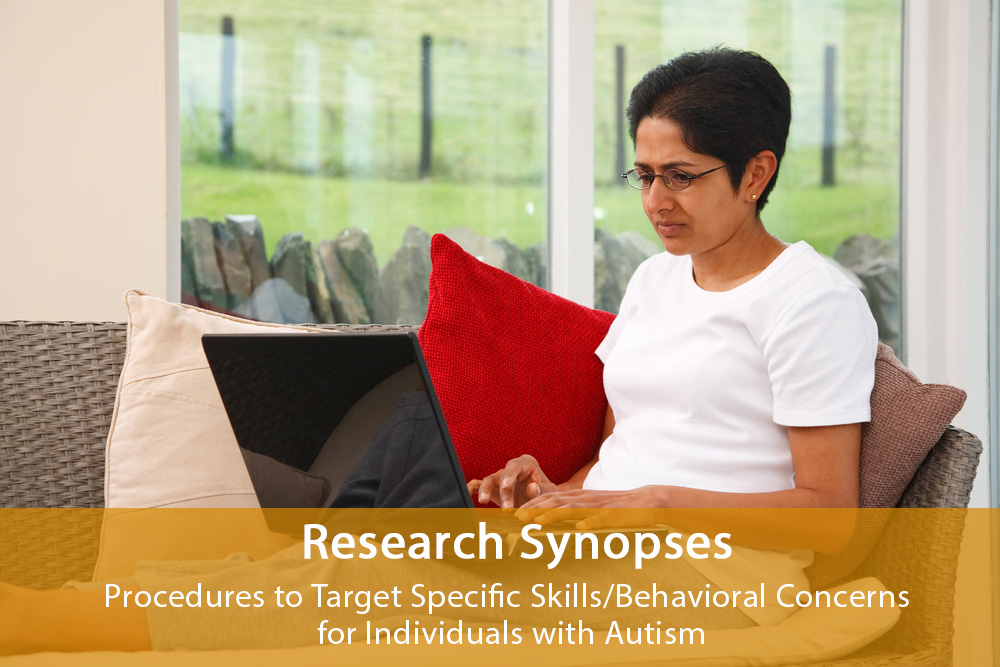Yoder, P. & Stone, W. (2006). A randomized comparison of the effect of two prelinguistic communication interventions on the acquisition of spoken communication in preschoolers with ASD. Journal of Speech, Language, and Hearing Research 49, 698-711.
Reviewed by Carole Deitchman, MA, BCBA
Caldwell College
 For most children, social and communication skills emerge in the context of playful interactions with caregivers rather than in structured teaching sessions. However, children with autism have difficulty learning from such interactions. Developmental treatments are designed to address this problem by setting up interactions in which caregivers are especially responsive to the children with autism and attempt to join the children’s activities. These treatments have become quite popular, but very few studies have tested how effective they are.
For most children, social and communication skills emerge in the context of playful interactions with caregivers rather than in structured teaching sessions. However, children with autism have difficulty learning from such interactions. Developmental treatments are designed to address this problem by setting up interactions in which caregivers are especially responsive to the children with autism and attempt to join the children’s activities. These treatments have become quite popular, but very few studies have tested how effective they are.
Yoder and Warren compared one developmental treatment, called Responsive Education and Prelinguistic Milieu Teaching (RPMT) (Yoder & Warren, 2002), to a standard ABA intervention, the Picture Exchange Communication System (PECS) (see [link to ABA descriptions on website). The participants were 36 children with an autism spectrum disorder who were between 18 months and 60 months of age when they entered the study. Participants were randomly assigned to either RPMT or PECS and received 24 hours of treatment for six months by teachers and speech therapists. Parents also received up to 15 hours of training related to their child’s treatment.
Immediately following treatment, children in the PECS group used more words, with more frequency and variety than children in the RPMT group. However, this advantage disappeared in a follow-up evaluation conducted 6 months after treatment ended. Also, a subgroup of children who received RPMT showed large gains in joint attention (sharing experiences by means of interactions such as pointing to or showing objects of interest).
In the short run, therefore, PECS was more effective than RPMT in promoting verbal communication, but the treatments appeared about equally effective when the children were re-evaluated 6 months later. Moreover, RPMT may show promise for increasing nonverbal communication related to joint attention. Thus, while providing evidence in support of PECS, the study also suggests that developmental treatments such as RPMT may merit further research.
References
Frost, I. A., & Bondy, A. S. (1994). The picture exchange communication system training manual. Cherry Hill, NJ: Pyramid Educational Consultants.
Yoder, P. J., & Warren, S. F. (2002). Effects of prelinguistic milieu teaching and parent responsivity education on dyads involving children with intellectual disabilities. Journal of Speech, Language, and Hearing Research, 45, 1158-1174.
Yoder, P., & Stone, W. (2006). A randomized comparison of the effect of two prelinguistic communication interventions on the acquisition of spoken communication in preschoolers with ASD. Journal of Speech, Language, and Hearing Research, 49, 698-711.

